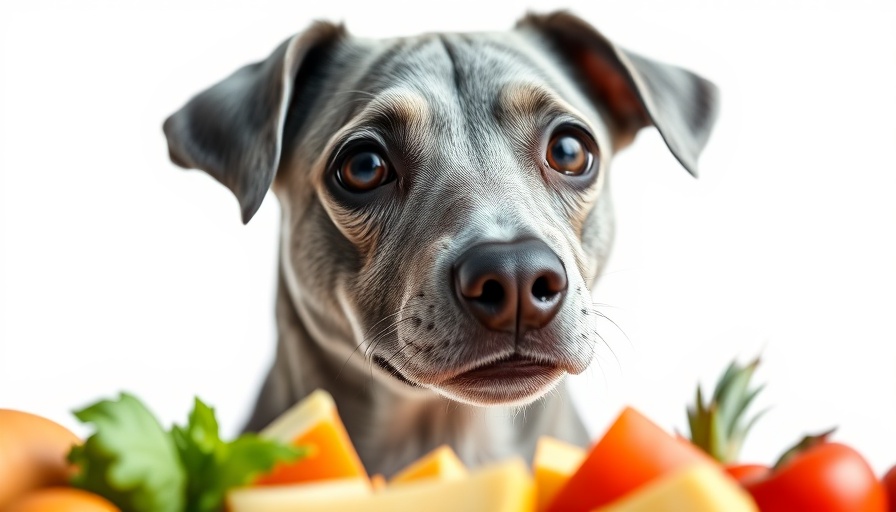
Understanding the Role of Protein in Your Dog's Diet
As a devoted pet owner, understanding your dog's nutritional needs is vital, and at the heart of this is protein. Just like humans, dogs rely on protein for building and repairing muscles, supporting their immune systems, and maintaining healthy skin and coats. For those who care deeply about their furry companions, distinguishing between different protein types can have a significant impact on their overall health.
Defining Hydrolyzed Protein: What to Know
Hydrolyzed protein is a highly processed form of protein. Through a process called hydrolysis, whole food proteins are broken down into smaller peptides and amino acids, which makes them easier for the body to absorb. However, this extensive processing often strips them of their natural nutrient integrity. Hydrolyzed proteins are primarily used in specialized veterinary diets for dogs with food sensitivities or allergies, aiming to avoid immune reactions by presenting the protein in a less recognizable form to the body.
The Drawbacks of Hydrolyzed Protein
While hydrolyzed protein may offer short-term relief for dogs with dietary sensitivities, it often comes with significant drawbacks. One major issue is that these diets can have reduced nutritional value, often lacking in essential vitamins and minerals found in whole proteins. Excessive synthetic additives sometimes replace the natural nutrients that are lost during processing. Additionally, many hydrolyzed diets may include less-than-ideal ingredients, leaving many pet owners questioning their overall efficacy.
Why Quality Protein Matters More
In contrast, quality proteins come from fresh, whole food sources and undergo minimal processing. This method preserves the protein’s complete nutrient profile, providing essential amino acids, vitamins, and enzymes vital for optimal health. For instance, proteins derived from chicken, beef, or fish are not only bioavailable but also easily digestible, which enhances nutrient absorption in your dog’s body. High-quality proteins help in promoting muscle growth, immune response, and healthy skin and coats.
Key Differences: Hydrolyzed vs. Quality Protein
Here are some vital differences to consider between hydrolyzed and quality proteins:
- Processing: Hydrolyzed proteins are chemically processed, reducing their nutritional value, while quality proteins maintain their structure and nutrient levels.
- Nutritional Integrity: Whole food proteins provide a balanced array of essential nutrients, whereas hydrolyzed proteins often lack these crucial components.
- Bioavailability: Quality proteins from fresh sources are far more bioavailable compared to hydrolyzed versions, meaning your pet can use and absorb them more effectively.
- Ingredients: Quality proteins generally come from identifiable sources with minimal additives, while hydrolyzed versions may contain fillers and synthetic substances.
- Long-term Health: A diet rich in whole food proteins is better suited for supporting your dog's health long-term, while hydrolyzed diets serve primarily as short-term solutions.
Making Informed Choices for Your Pet
As foster guardians of our pets' health, it's essential to scrutinize dog food labels carefully. Look for named animal proteins high on the ingredient list to ensure your pet gets the best nutrition possible. Ideally, your dog's diet should feature high-quality, animal-based proteins that support not only their physical health but also their emotional well-being.
Final Thoughts: Choosing Wisely
In conclusion, while hydrolyzed protein can have its place in managing specific health concerns, it shouldn't be the primary focus of your dog's diet. Quality protein from whole food sources is essential for long-term health, vitality, and happiness in our furry friends. By prioritizing high-quality proteins, you can help your dog thrive, ensuring they live a full and active life.
As you explore the best dietary options for your beloved pets, remember to seek products that align with these standards to provide the best care possible.
 Add Row
Add Row  Add
Add 




Write A Comment